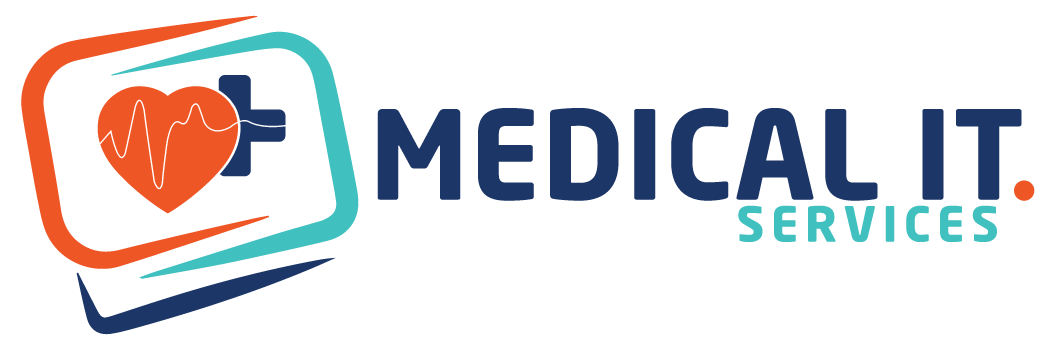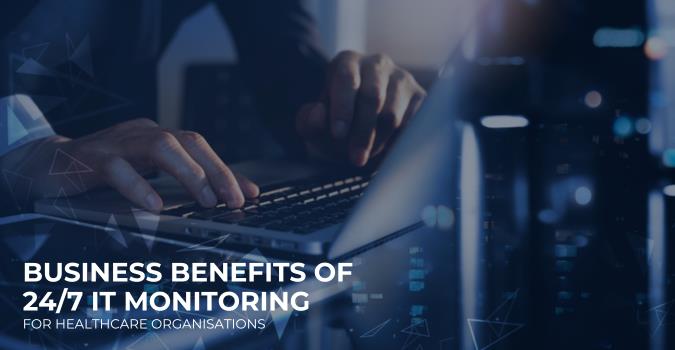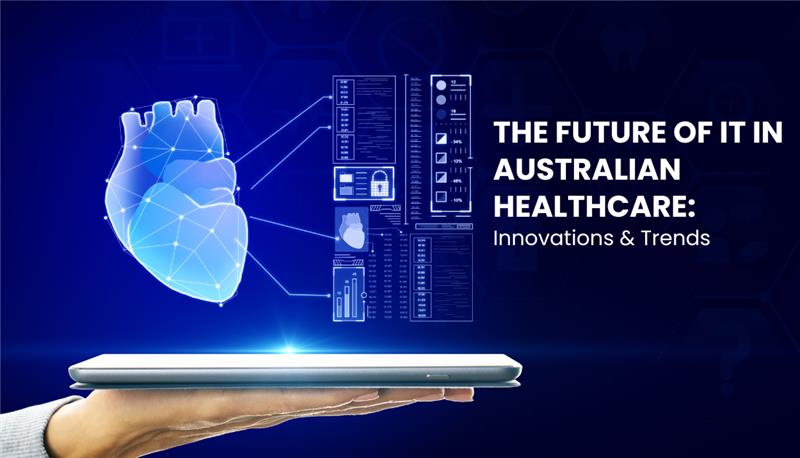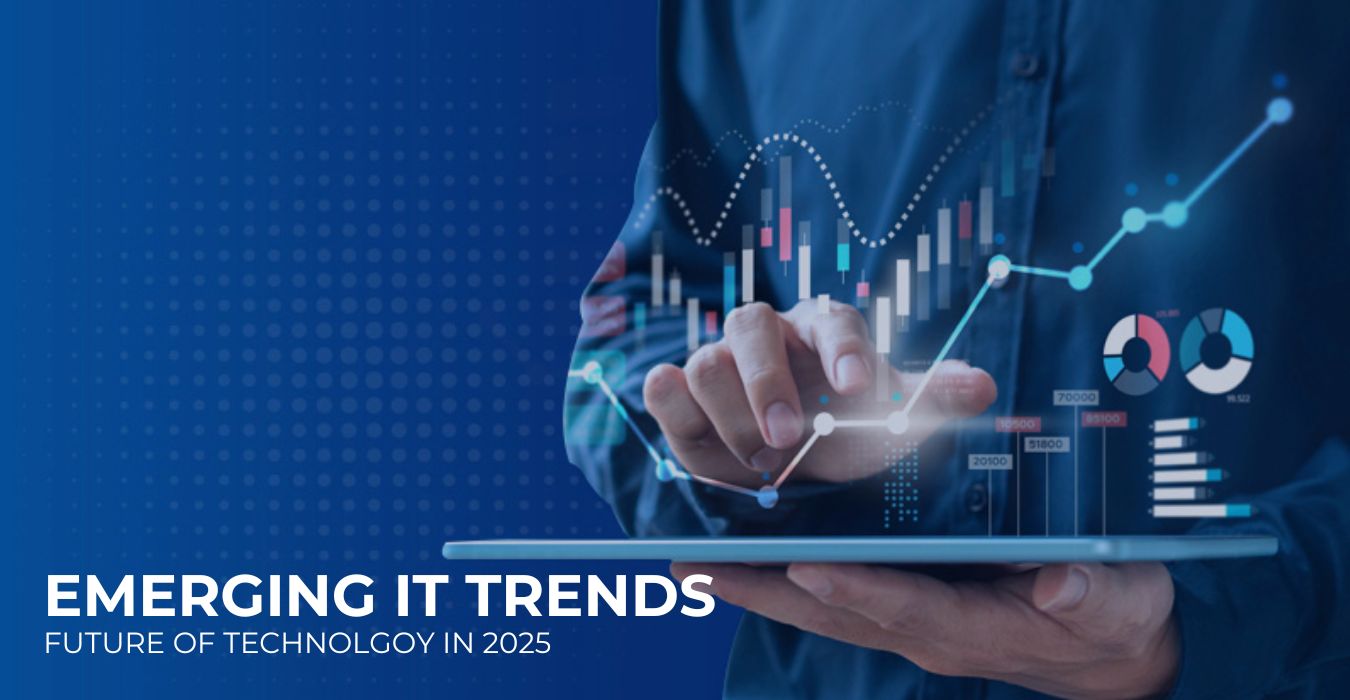Healthcare organisations rely on robust IT systems to manage patient records, facilitate telemedicine and support…
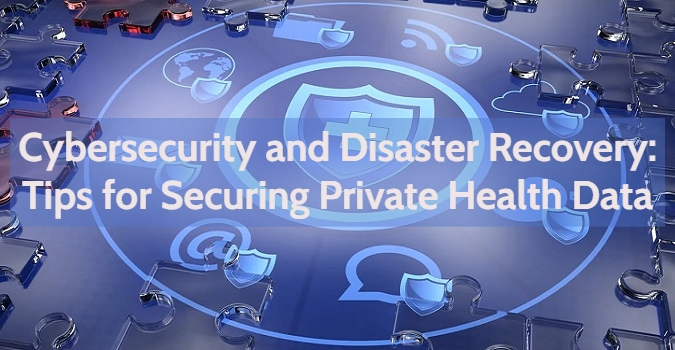
Cybersecurity and Disaster Recovery: How to Mitigate Risks and Protect Patient Data
The healthcare industry is becoming increasingly reliant on technology, with electronic health records (EHRs) and other digital systems being used to manage patient information. This reliance on technology has made the healthcare industry more vulnerable to data breaches and cyber-attacks. In this article, we will explore the risks associated with cyber security in the healthcare industry, and how disaster recovery can help mitigate these cybersecurity risks and protect healthcare data and patient information.
Risks of Cyber Security in the Healthcare Industry
Cyber attacks on the healthcare industry have become more frequent and sophisticated, making it essential for healthcare organizations to take proactive measures to mitigate the risks associated with these attacks. Some of the key risks associated with cybersecurity in the healthcare industry include:
Data Breaches:
Data breaches occur when unauthorized individuals gain access to sensitive information, such as patient records, personal information, and financial data. This can result in significant harm to patients, and also damage the reputation of the healthcare organization.
Ransomware Attacks:
Ransomware attacks are a type of cyber attack in which attackers hold an organization’s data hostage and demand a ransom in exchange for its release. This type of attack can cause significant harm to the healthcare organization and its patients, and can also result in the loss of sensitive information.
Learn more: How to prevent and recover against ransomware attacks
Phishing Attacks:
Phishing attacks are a type of social engineering attack that uses emails or other electronic communications to trick individuals into revealing sensitive information, such as passwords and usernames. This type of attack can result in the theft of sensitive information, and can also compromise the security of the healthcare organization’s systems.
Malware Attacks:
Malware attacks are a type of cyber attack that infect an organization’s systems with malicious software, such as viruses and spyware. This type of attack can cause significant harm to the healthcare organization and its patients, and can also result in the loss of sensitive information.
Mitigating Risks with Disaster Recovery Planning
Disaster Recovery Planning
Disaster recovery planning is a critical component of an organization’s cyber security strategy and can help mitigate the risks associated with cyber-attacks by ensuring that critical systems and data can be quickly restored in the event of a disaster. Some of the key components of a disaster recovery plan include:
Data Backup and Recovery
A robust data backup and recovery plan is essential to ensure that critical data can be quickly restored in the event of a disaster. This may involve the use of cloud-based data backup and recovery solutions, as well as the implementation of regular data backups to ensure that data is up-to-date and can be quickly restored in the event of a disaster.
Business Continuity Planning
Business continuity planning involves developing strategies to ensure that critical business operations can continue in the event of a disaster. This may involve the implementation of disaster recovery solutions, the use of remote work capabilities, and the development of contingency plans for critical business processes.
Incident Response Planning
Incident response planning involves developing a plan for responding to a cyber-attack or other security incident, including the steps that need to be taken to contain the incident, restore systems and data, and prevent further harm.
Employee Training and Awareness
Employee training and awareness is an essential components of a disaster recovery plan, as they can help employees understand the risks associated with cyber-attacks and how to prevent and respond to them.
Conclusion
The healthcare industry is becoming increasingly reliant on technology, and as a result, is becoming more vulnerable to cyber threats. By developing a robust disaster recovery plan and taking proactive measures to mitigate the risks associated with cyber-attacks, healthcare organizations can protect patient data and ensure continuity.
Are you a victim of a cyber attack? Look no further, MedicalIT.Services provide AI-Based Healthcare Cybersecurity Solutions with health check features to solidify your network security. Don’t hesitate to call us at 1300 660 368 or schedule a free consultation today.
Also Read:
